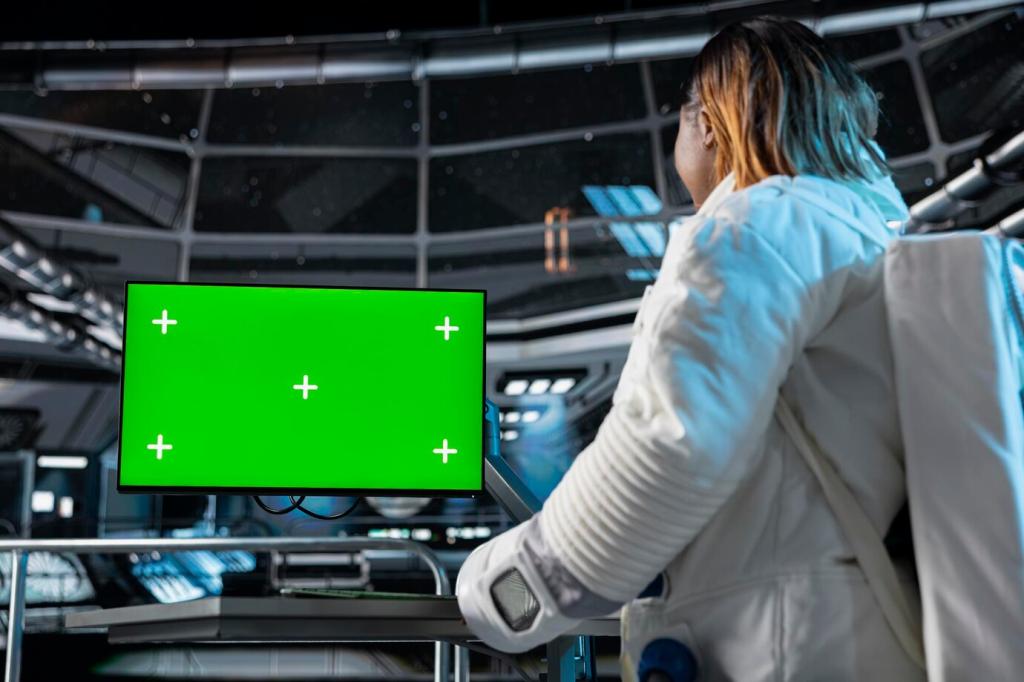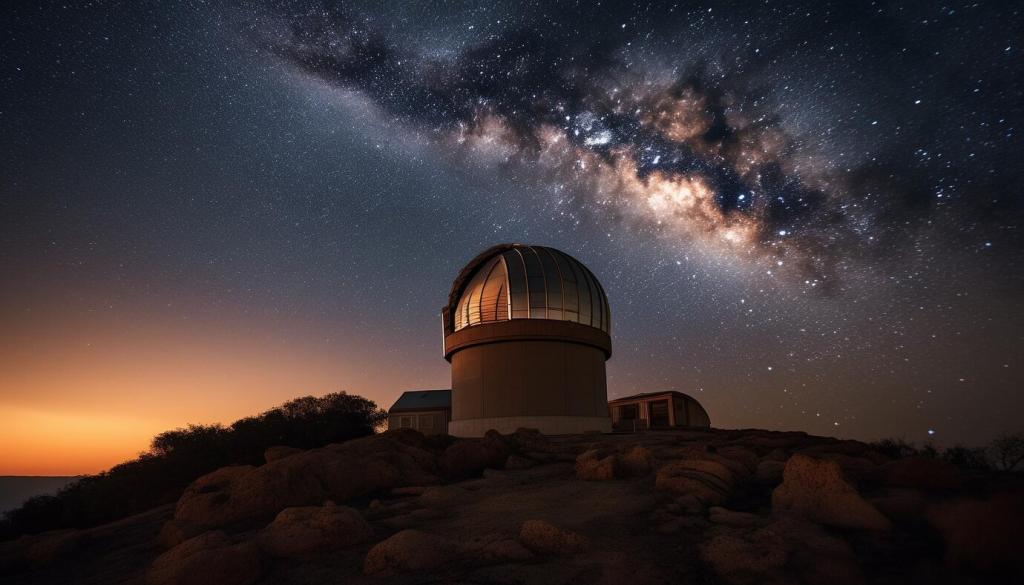
Updates on Cosmic Background Radiation
Chosen theme: Updates on Cosmic Background Radiation. Welcome to your ongoing briefing on the universe’s oldest light—fresh results, human stories, and clear takeaways, curated so you can follow the frontiers without getting lost in the noise.


What’s New in the Cosmic Microwave Background Right Now
A new joint analysis combining ground-based data from the South Pole with satellite legacy maps has sharpened measurements of E-mode polarization, reducing systematics and improving confidence in parameters that trace early-universe physics and reionization history.
What’s New in the Cosmic Microwave Background Right Now
Dust and synchrotron modeling improved with expanded multifrequency coverage, suppressing contamination that can masquerade as primordial signals. The update boosts credibility of small-scale temperature and polarization features used to test inflationary scenarios and subtle particle-physics effects.
Polarization Frontiers: E-modes, B-modes, and What They Reveal
01
B-mode hunt narrows the inflationary window
Combined data sets further limit the tensor-to-scalar ratio, shrinking the viable space for high-energy inflation models. Although a definitive detection remains elusive, improved sky coverage and better foreground control tighten the net around possible primordial gravitational waves.
02
Lensing reconstruction gets crisper on small scales
New algorithms extract the lensing signal from polarization with higher fidelity, mapping the web of matter that bends ancient photons. The refined reconstructions inform neutrino mass constraints and tie CMB analyses directly to galaxy surveys and weak-lensing maps.
03
LiteBIRD and the promise of all-sky polarization
Mission updates highlight careful payload designs to suppress systematics that plagued earlier attempts. A comprehensive frequency suite, stable scanning strategies, and community-driven calibration plans aim to isolate primordial signatures with unprecedented confidence.


Early-Universe Physics From the Background Glow
Slight shifts in the scalar spectral index and improved upper limits on primordial tensors collectively pressure theoretical models. As parameter contours tighten, elegant but fragile inflation scenarios must match an increasingly disciplined observational portrait of the early cosmos.
Early-Universe Physics From the Background Glow
Constraints on the effective number of relativistic species continue to circle the standard value, leaving little room for exotic light particles. Lensing-based updates sharpen prospects for bounding the sum of neutrino masses alongside terrestrial oscillation measurements.
The Hubble Tension Through a CMB Lens
Early dark energy remains intriguing but constrained
Fresh fits incorporating polarization and lensing data curb the parameter space where early dark energy could reconcile the tension. While not ruled out, viable models tighten, demanding finely tuned timing and modest energy budgets.

Beyond the Blackbody: Spectral Distortions on the Horizon
Recent forecasts sharpen expectations for micro-distortions tied to small-scale acoustic dissipation. If next-generation spectrometers reach required sensitivity, they could open a new window on inflation’s fine structure beyond what anisotropies alone can resolve.

Instruments and Data: Calibrating the Oldest Light
Saturn and Jupiter sweeps refine beam profiles and sidelobe characterization, crucial for accurate small-scale spectra. Updated planet models and improved scanning patterns reduce uncertainties that formerly leaked power between multipoles and polarization modes.
Teams confirm instrument gain using the CMB dipole from our motion through space, a remarkably stable yardstick. New verifications cross-match dipole calibrations with celestial calibrators, tightening inter-experiment consistency and long-term stability.
Pipelines increasingly publish open-source foreground models, making dust and synchrotron assumptions auditable. With wider frequency baselines, updated algorithms disentangle emissions while preserving delicate cosmological signals needed for low-ell polarization constraints.





